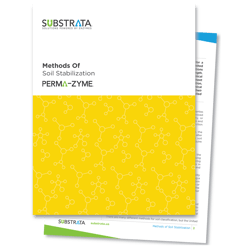
Soil stabilization is the process of altering soil’s properties to hold it in place. It’s essential for construction: builders use soil stabilization to strengthen soil so it can support the weight of a structure for as long as possible without shifting. It also helps keep soil from eroding due to water, wind, or traffic. There are dozens of soil stabilization methods, and the one(s) you choose will vary based on your soil type and project. On this page, you’ll learn the basic soil types and common soil stabilizers, so you can choose the best options for your project.
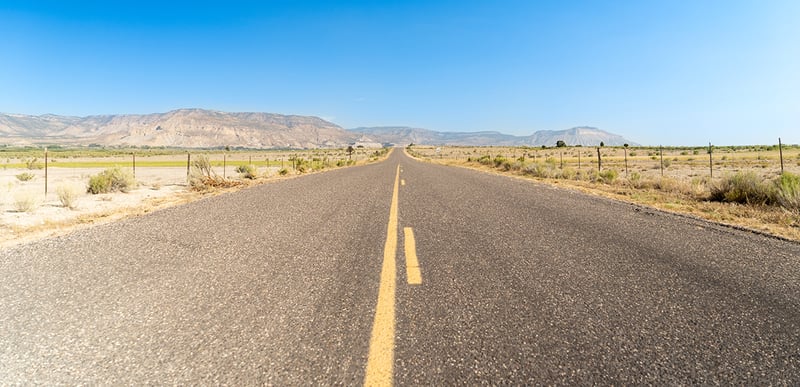
Before deciding what method of soil stabilization to use, you must know what soil you’re working with. There are five main types of soil: gravel, sand, silt, clay, and loam. Each has unique properties and stabilization needs. Knowing your soil’s characteristics, such as organic content and plasticity, will help you determine how it will behave during construction.
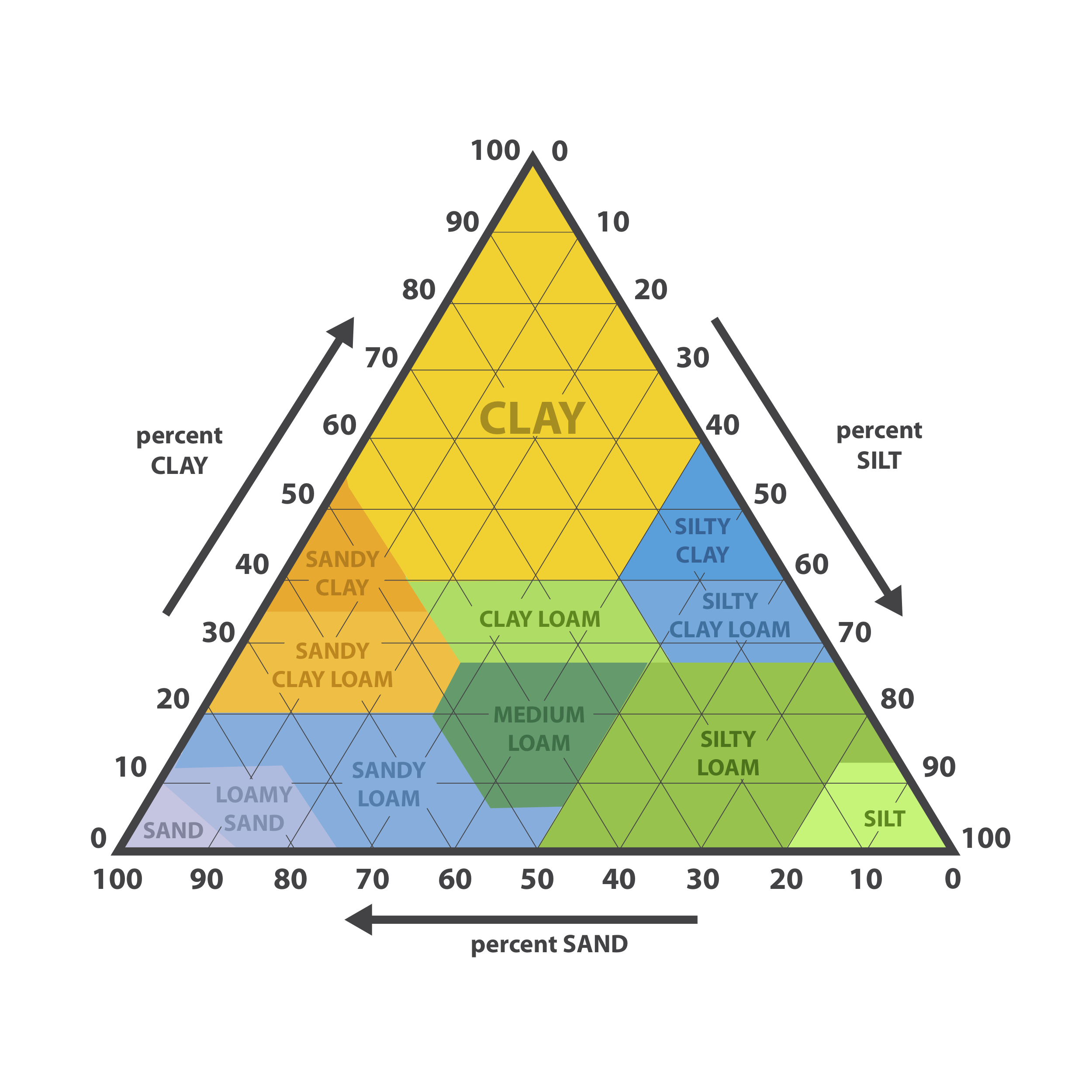
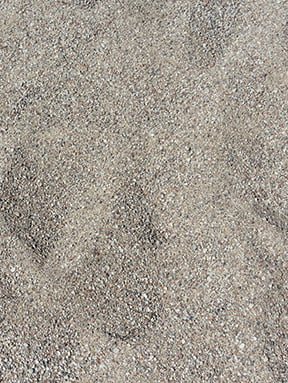
Sand forms over centuries when rocks break down into tiny fragments up to two millimeters wide. It retains little water and has little organic content, so it’s non-plastic and lacks nutrients to support plant life. Pure sand is hard to shape and compact. However, mixing some sand into other soil types aids compaction by giving those cohesive soils something to adhere to. Sand particles also won’t change shape when wet, so they help create a rigid surface.
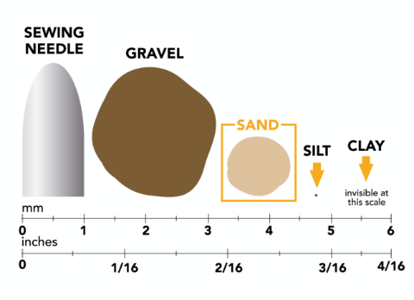
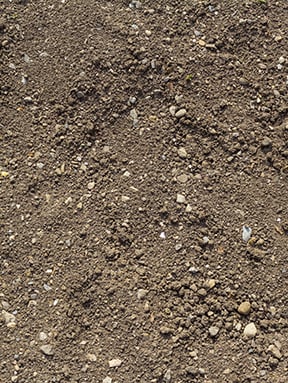
Silt has the second smallest soil particle size, from 0.002 to 0.05 millimeters wide. It mostly forms by rock weathering and erosion, so it lacks organic matter. Silt’s spherical grains retain water and nutrients, as well as promote air circulation. This makes silt good for farming. However, it’s challenging for construction because of its small particles and high density. Silt often feels soapy or slippery to the touch, and it can shift when wet, making it hard to compact.
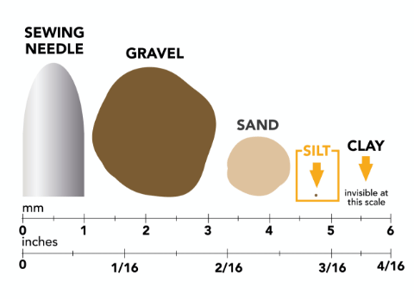
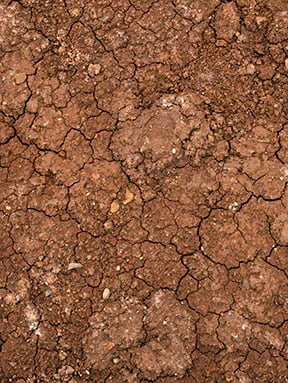
Clay particles are the smallest of any soil at less than 0.002 millimeters. Clay’s color varies from white to black depending on what types of organic matter it contains. Clay is highly plastic, making it easy to compact when moisture conditions are ideal. However, too much or too little moisture makes it harder to shape because clay swells when wet and shrinks when dry. After construction, clay still changes shape due to moisture, which may damage structures. So, builders often replace clay with other soils or use soil stabilizers to permanently hold its shape.
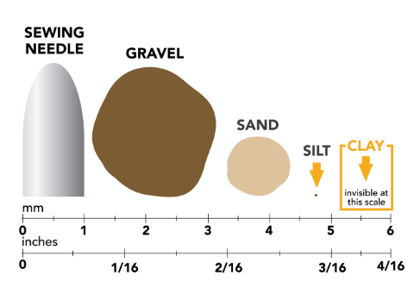
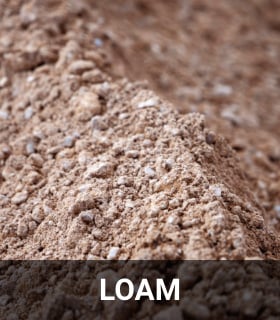
Most soils are loams, which are a mix of gravel, sand, silt, and/or clay. People classify them based on the dominant soil that makes up most of the mixture. For example, sandy loam is mostly sand. Loams act most like the dominant soil, so you can identify that soil type to better predict how your soil will behave during and after construction. A sieve analysis and an Atterberg test will reveal your soil’s particle sizes and plasticity. This will help you pinpoint what soils (and how much of them) your loam contains.

Chlorides are salts that stabilize soil and suppress dust. The most common variety in use today is magnesium chloride (mag chloride), which comes in liquid and dry forms. Chlorides suppress dust by drawing moisture from their environment and decreasing water evaporation, which weighs soil particles down so they don’t blow away. For stabilization, chlorides harden into a crust that locks in soil particles.
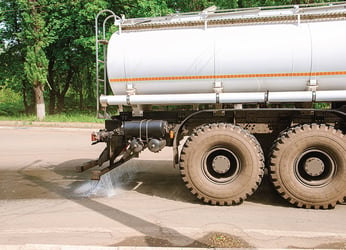

Polymers are a group of synthetic and natural soil stabilizers made of long, repeating molecule sequences. Some polymers are injectable foams that bind and compact soil to improve strength and load-bearing capacity. They work well for coarse soils (gravel and sand), as well as under roads or buildings. Emulsions are water-polymer mixes that lubricate soil’s surface so it’s easier to work with. They then harden, resisting erosion and dust.
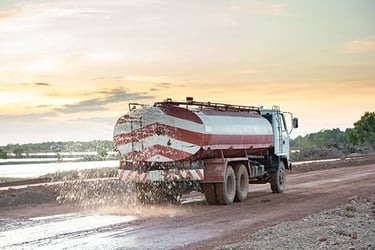
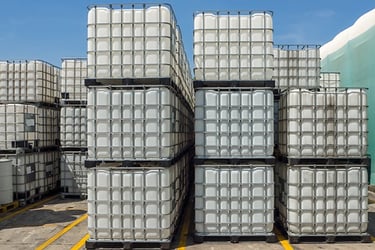

Lime is made from heat-treated limestone. The two main types—quicklime and hydrated lime—come in powdered or liquid form. Both types bind soil particles together and harden the surface. Lime strengthens soil, improves its load-bearing capacity, and reduces swelling, shrinking, and shifting. Before using lime, have a geotechnical firm determine how much you need. High-plasticity soils often need more lime to reach maximum strength, but if you use too much, the soil could crack.
Like lime, cement is a chemical that hardens and stabilizes paved road subbase for greater durability and less erosion. It comes in powdered or liquid forms, with over a dozen varieties. (Portland cement is most common.) Cement works for most soil types, although you need more to treat high-plasticity soils than low-plasticity ones. It’s vulnerable to temperature, moisture, and mixing errors during application. Cement cures to full strength about 28 days post-construction.
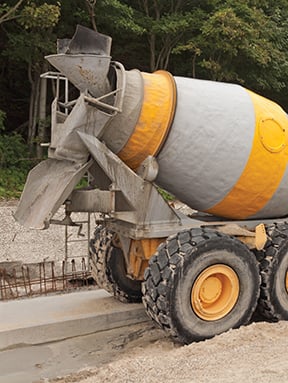
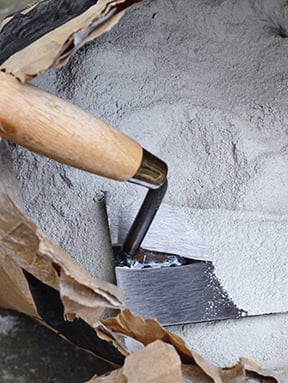
| PROS | CONS |
|
|

Fly ash is a byproduct of coal-fired power plants that works similar to lime and cement. This dry powder binds, stabilizes, and strengthens soil for paved road subbase. It also absorbs moisture, so it works well for wet soils. The two main types of fly ash are Class C and Class F. Class C is cementitious, meaning it hardens when wet. Class F needs both water and an activator such as gypsum to harden. The type of coal that produces the fly ash determines its class.
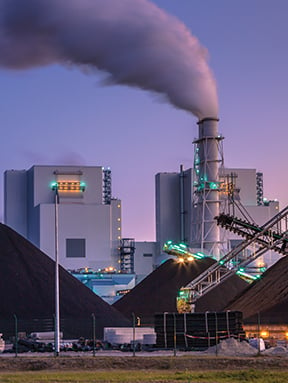
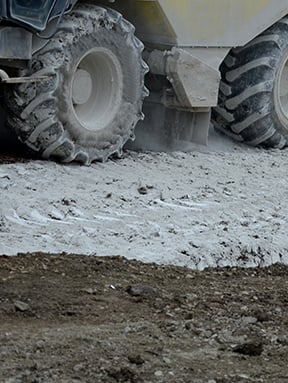
| PROS | CONS |
|
|

Enzymes are proteins that come from living organisms and aid chemical reactions. In the case of Perma-Zyme soil stabilization, these enzymes cause soil particles to chemically react with each other so that they bind together into a hard, concrete-like surface. This surface resists water and erosion with little to no maintenance. Perma-Zyme works on most soils, strengthening them over 10 times.
Perma-Zyme is highly effective for unpaved roads. It also works in paved road subbase to reduce hauling, over excavation, and pavement thickness. Other uses for Perma-Zyme include drilling pads, dust control, solar farm firebreaks, slopes, pond linings, and more.
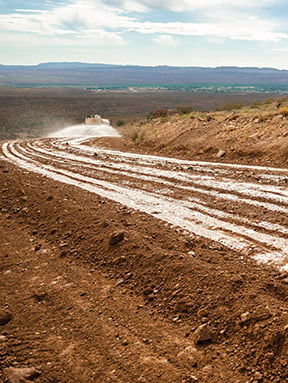

Mechanical soil stabilization uses heavy machinery to put soil in its place. The two main types are compaction and over excavation. Compaction often uses static rollers to push soil particles together or vibratory rollers to apply force and “shake” soil into place. It is necessary to almost every construction project known to man. Over excavation uses excavators and haul trucks to remove unstable soil and backfill the area with new soil. Both compaction and over excavation are rarely 100% effective alone; they work best with other solutions.
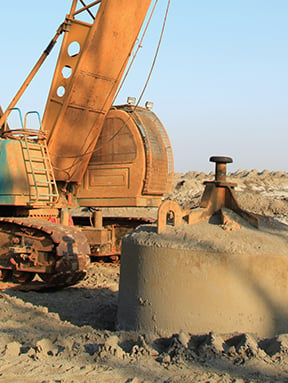

Geotextiles are a type of fabric that helps hold soil in place. They’re part of a large group of soil stabilizers called geosynthetics, which are made from both synthetic and natural polymers. This group also includes geogrids (flat frameworks that resemble chicken wire), geocells (3D cells that hold lots of soil), and geomembranes (large sheets that can contain soil and liquids).
You can embed geosynthetics in soil or place them on the surface to prevent erosion and improve drainage. They’re useful for projects like slopes, breakwaters, landfills, and roads. The bigger your project and coarser your soil, the sturdier your geosynthetics need to be.
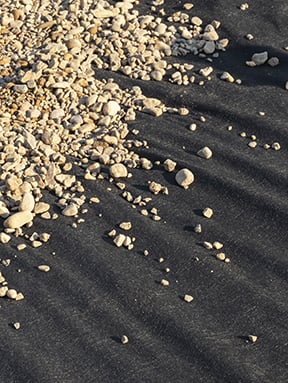
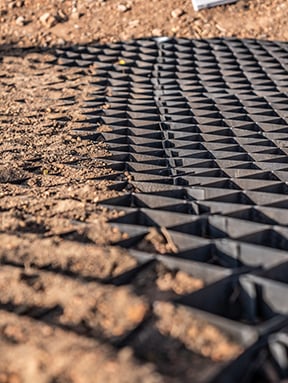
| PROS | CONS |
|
|
With so many soil stabilization methods available, choosing the right one can be challenging. Remember, there is no “gold standard” that beats all the others. Every project and soil type has different requirements and needs. Knowing about the different methods and products will help you make a more educated decision. To choose the best method of soil stabilization for your project, consider:
Learn more about these soil stabilizers, plus our simple process for choosing the right one(s) for your project.
